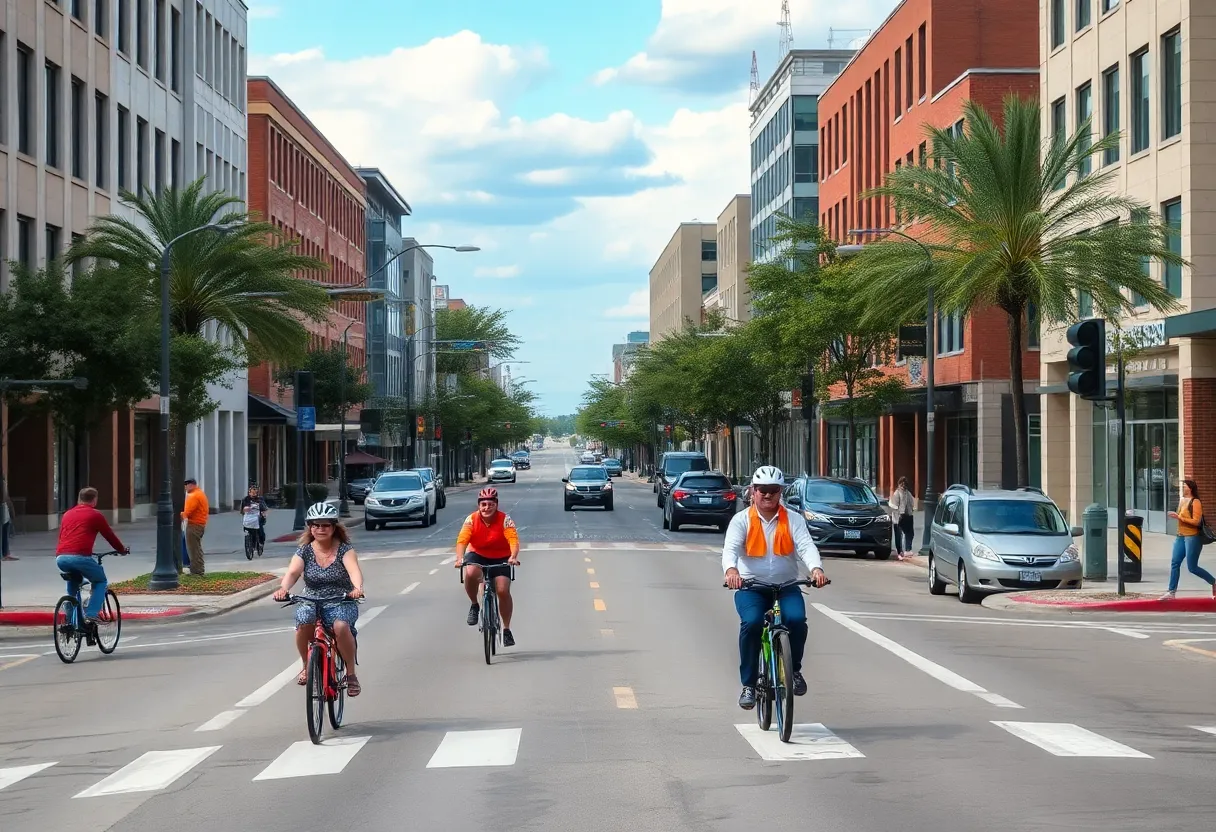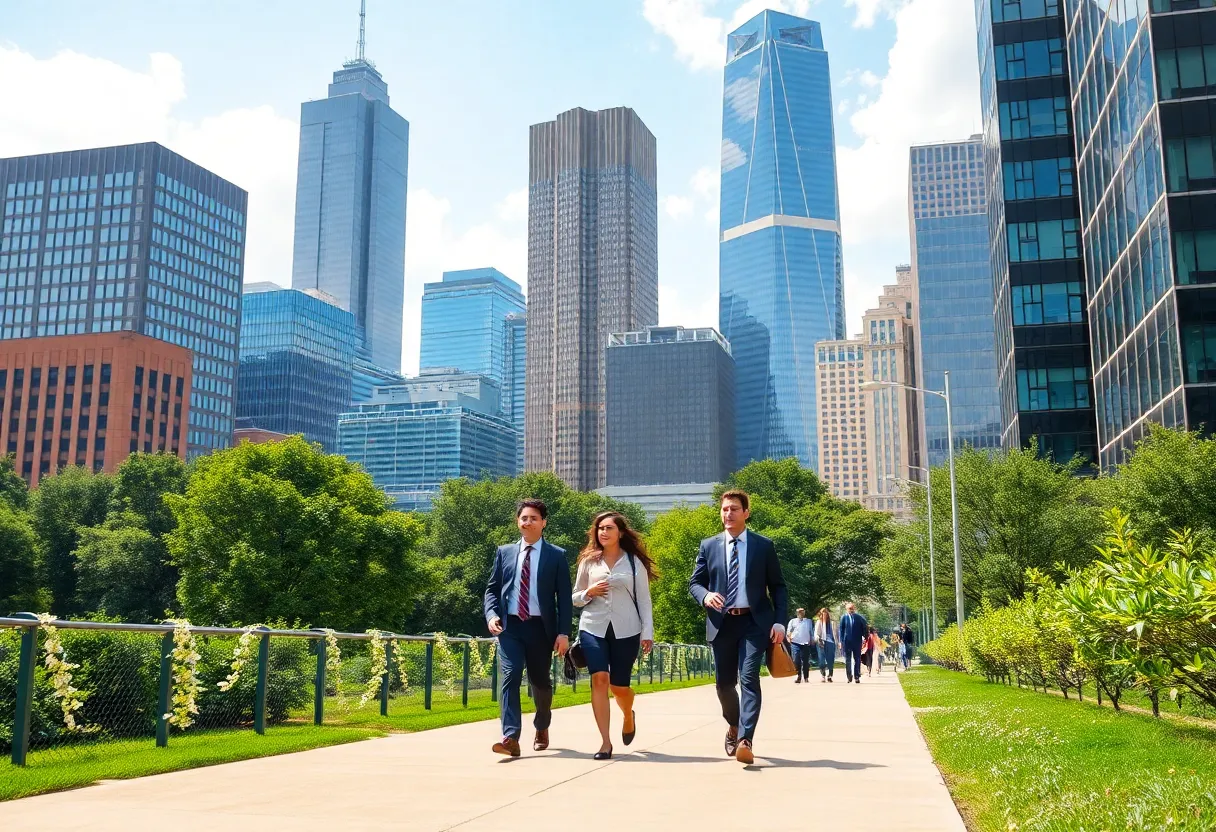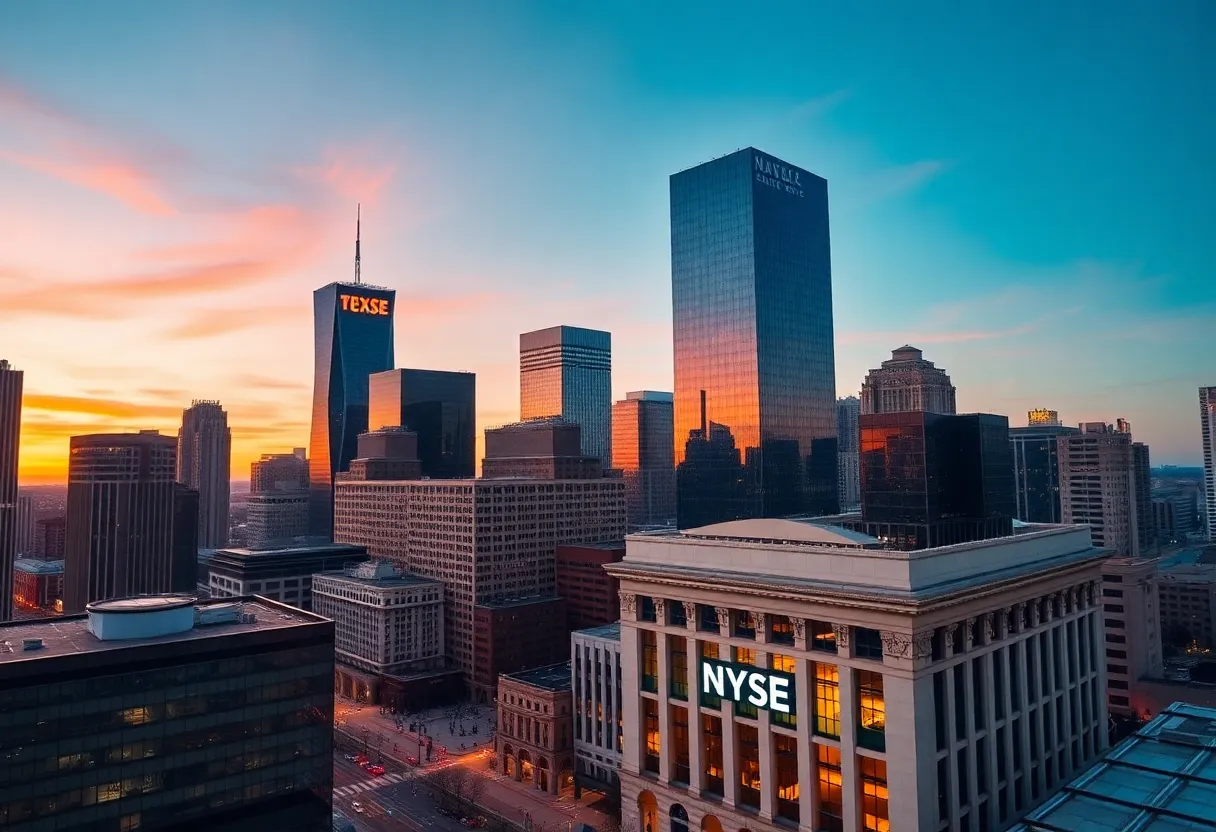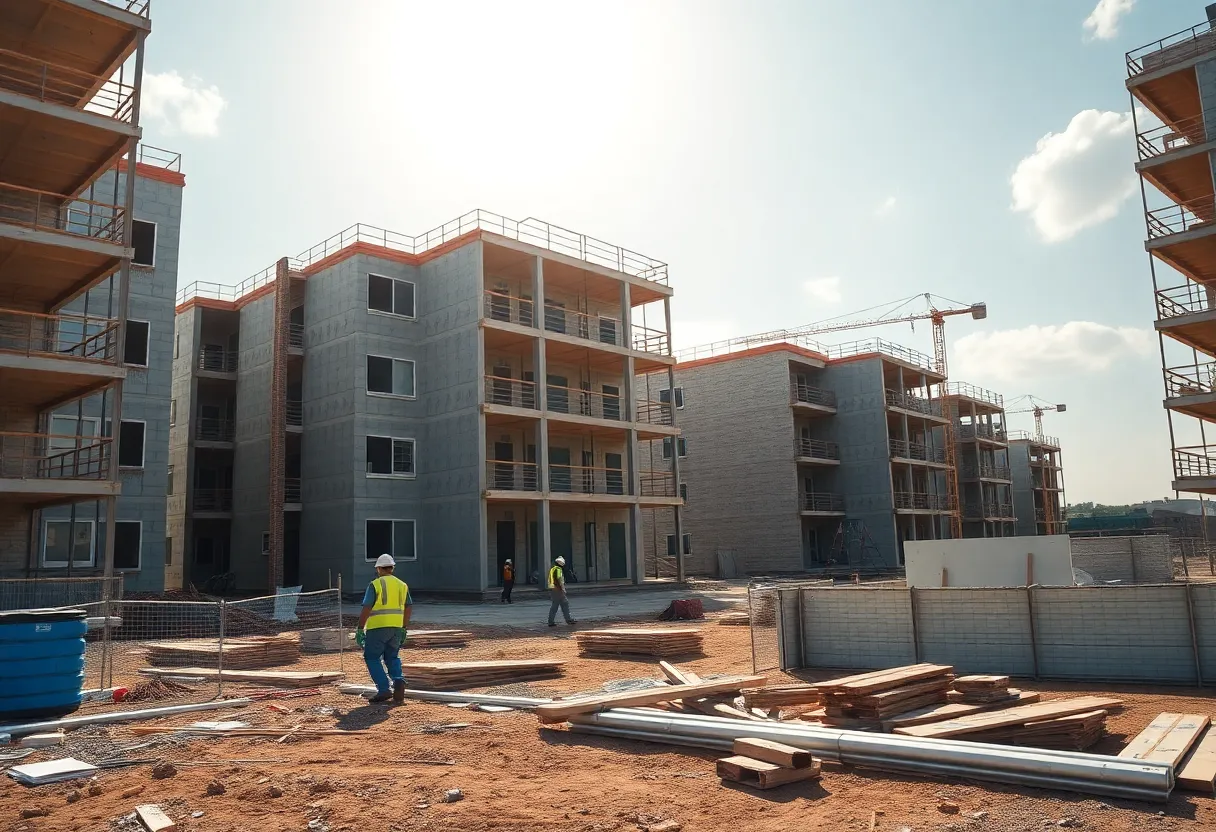News Summary
In response to increasing traffic congestion due to a rising population and student enrollment, College Station officials are implementing significant improvements to road infrastructure. The City Council is focused on safety upgrades and innovative traffic solutions, including dedicated bike lanes and pedestrian-friendly paths. An ambitious $16 million project aims to relocate utilities and revamp existing roadways to better support the evolving needs of the community, emphasizing safety for both drivers and cyclists.
College Station Takes Big Steps to Tackle Traffic Woes
Over the past two decades, College Station has been a buzz of activity, welcoming waves of students and new residents alike. This influx has led to a noticeable increase in traffic, which has raised some eyebrows and caused a few headaches for locals. Roads that were once able to handle the flow of traffic are now struggling to keep up with the growing demands. In response, College Station officials are rolling up their sleeves and getting to work on major projects to improve traffic infrastructure for everyone.
City Council’s Focus
The City Council has been meeting regularly to discuss various street projects aimed at making roads safer and smoother, not just for drivers, but also for pedestrians and cyclists. Jason Schubert, the brains behind transportation planning in College Station, has made it clear that the vision is to create a safe and efficient traffic environment. The city’s historical infrastructure, dating back to 1938, is being reevaluated as it originally did not take into account the needs of walkers and bikers.
Adapting to Urban Challenges
With areas like Northgate and Century Square beginning to resemble bustling urban centers, challenges are emerging in how best to manage traffic flow. Small-scale projects are already underway, including dedicated lanes for bicycles on George Bush Drive, complete with fences to keep cyclists safe and promote cycling as a viable mode of transport.
Innovative Traffic Solutions
Exciting designs are being investigated for major intersections, focusing on not only easing traffic flow but also boosting pedestrian safety. Plans are on the table for Lincoln Avenue, where a generous 10-foot shared path will be created for pedestrians and cyclists. Additionally, the implementation of miniature roundabouts is expected to help slow down traffic while maintaining a better overall flow. A five-way roundabout is also in the works for Jones Butler Road, set to replace a standard four-way stop.
Long-Term Improvements on the Horizon
The ambitious $16 million project announced in mid-2022 is projected to be completed by 2028 and will concentrate on relocating underground utilities. This is vital as the driving force behind these changes is to strengthen the groundwork for the inevitable rise in vehicles on the road as the population continues to grow. Plans include revamping Marion Pugh and Francis Drive by replacing asphalt with concrete to support the increased volume of traffic.
Safety First!
Safety enhancements are at the forefront of the city’s agenda, especially around areas near Texas A&M University, where there’s a significant number of cyclists and pedestrians. Protective features, like barriers on George Bush Drive, are part of a broader strategy to foster a cycling-friendly community. Furthermore, a report by a Texas A&M committee suggests a five-year pause on enrollment growth due to infrastructural challenges.
Meeting the Needs of a Growing Community
The current enrollment at Texas A&M has soared to 71,000 students—far surpassing the capabilities of existing facilities to accommodate them. Thousands of potential students are being turned away due to space limitations. The report underscores a need for more dining halls and residence spaces, with merely 20% of students currently living on campus. With plans for a new $130 million classroom facility and a potential campus tunnel system estimated to cost between $250 million and $350 million, there’s a significant push to improve educational logistics.
Future Transit Solutions
The increasing number of students and faculty members has resulted in a traffic intensity that often presents difficulties in finding parking. To tackle these challenges effectively, proposals are in the mix for acquiring additional buses and revamping the existing transit fleet. These steps are geared toward providing comprehensive transportation solutions in College Station amidst growing demand.
As these projects unfold, the general sentiment is one of hopefulness. College Station is on a positive path to reshape its traffic flow and infrastructure to meet the needs of its vibrant and ever-growing community.
Deeper Dive: News & Info About This Topic
HERE Resources
College Station Community Updates: Key City Issues Addressed
Recent Incidents Increase Safety Concerns in Bryan
Bryan Residents Sentenced for Drug Possession
Japan Welcomes Record 36.8 Million Tourists in 2024
Multiple Arrests Made Following Narcotics Investigation in College Station
Tragic Tale in College Station: Man Sentenced for Assaulting Pregnant Partner
Bryan ISD and Local Police Respond to Safety Incidents
College Station Faces a Wave of Gun-Related Incidents Sparking Community Alarm
Military Takes Control at US-Mexico Border
US Defense Secretary Proposes Military Base in Panama
Additional Resources
- Improvements to College Station Traffic Roads Underway – The Batt
- Wikipedia: Transportation in College Station, Texas
- Fluor Selected for State Highway 6 Project in College Station, Texas – Business Wire
- Google Search: State Highway 6 Project College Station Texas
- City of College Station and TxDOT Work Together to Increase Cyclist Safety – KBTX
- Google Scholar: Cyclist Safety College Station TxDOT
- Bryan-College Station Expansion – The Eagle
- Encyclopedia Britannica: Bryan-College Station Expansion
- Texas A&M Pause Enrollment Growth to Fix Crowding – Houston Chronicle
- Google News: Texas A&M Enrollment Growth







